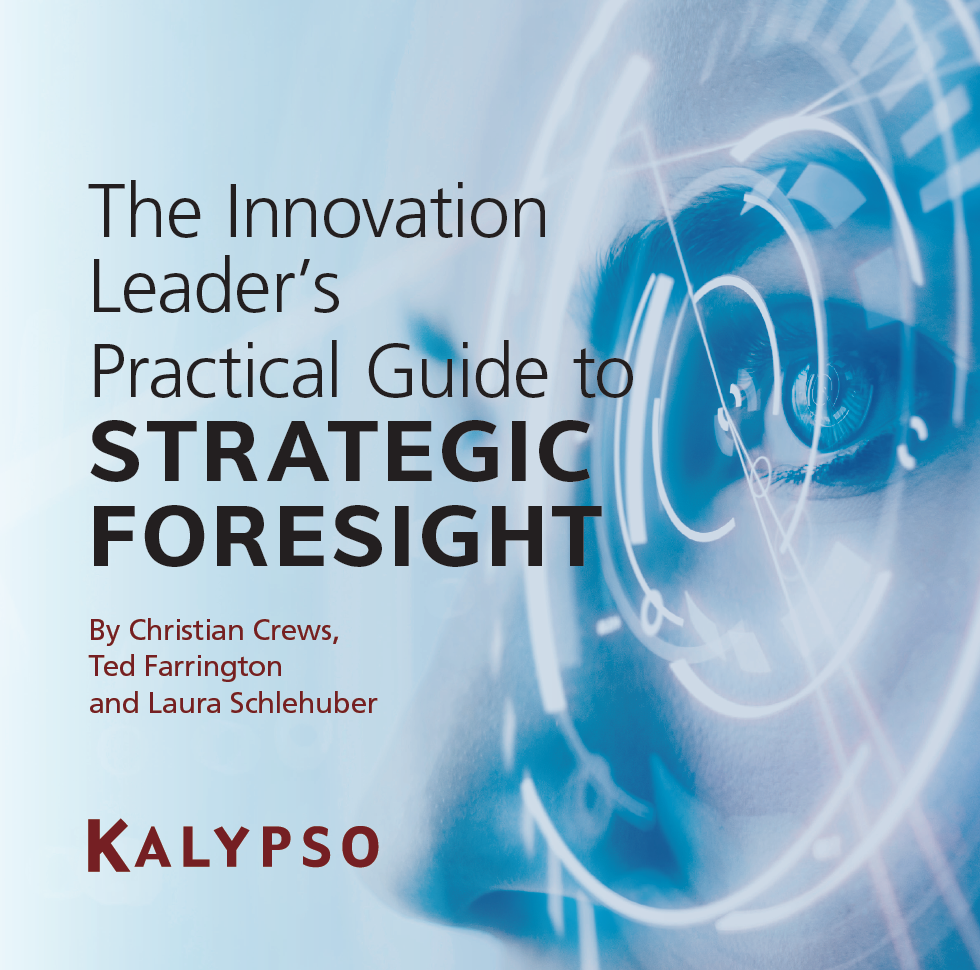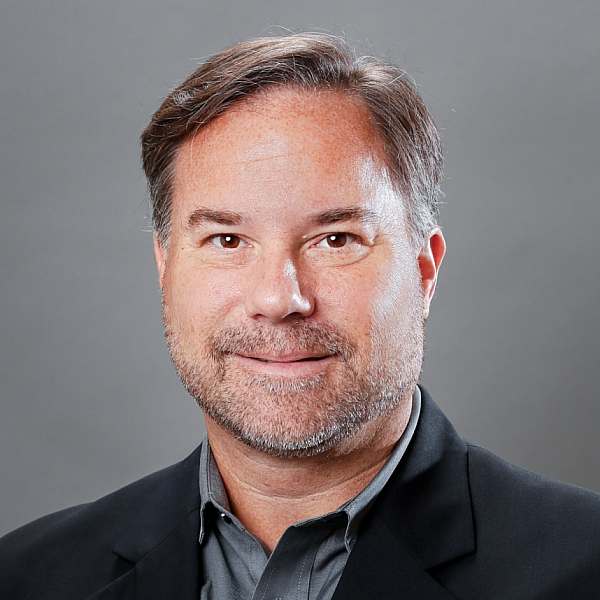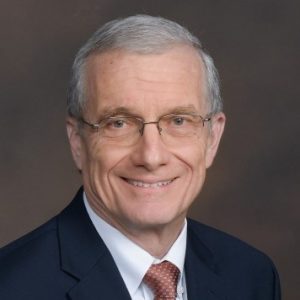Strategic Foresight – Leading Practices for the Discover Phase
Note – this post is part of a series on using strategic foresight to influence longer-range innovation investments. The full Innovation Leader's Guide to Strategic Foresight is available for download.
Strategic foresight enables companies to build a proprietary view of the future to drive breakthrough innovation. Through three distinct phases – Discover, Anticipate and Plan – companies can create thought-provoking, unexpected scenarios of the future, with proprietary views not shared by their competitors.
The Discover Phase: Looking Around
The goal of the Discover phase is to understand what elements of the external environment impact value creation and indicate forces of change. This phase is comprised of three major activities on most strategic foresight projects – developing of a clear focus question, establishing the organization's official future, and an environmental scan.
First is development of a clear focus question for the project. This sounds simple, but often takes several weeks to accomplish. Questions can be designed to seek consumer and customer understanding, explore a specific field of interest or even new business models. A good question is time bound and often geographically focused.
“What will drive consumers’ food and beverage choices ten years from now in the Far East?”
“What will the world of adult beverages look like in twenty years for the developed world?”
Questions like these are important as they are used to filter and prioritize results several times over the course of a project.
Establishing the organization’s official future is the second major component of the Discover phase. While they may not have written it down, every organization uses some set of beliefs about the future whenever it makes a business decision. Documenting these consensus drivers of the future is usually done through interviews with leaders across all functions with some stake in the focus question.
Since the goal of a project is several holistic future scenarios, trends and drivers are often sought across all STEEP categories (Society, Technology, Economics, Environment and Politics). The result is a base case future that should surprise no one. Common drivers of change include: demographic shifts, emerging middle class in developing countries, ever increasing connectivity, etc. Interviews often uncover differences of opinion and organizational gaps that could impede the firm’s ability to succeed in certain futures.
Finally comes the environmental scan. This involves scouring the world for weak signals of emerging trends that could disrupt the consensus view of the future held by the organization. Secondary research can be augmented with ethnography and digital social listening. Again, we cast a wide net, across the STEEP categories, to have all the ingredients needed for scenarios. Examples of weak signals could be CRISPR and Blockchain a few years ago, and brain-to-machine or brain-to-brain communication via implants today.
Finally, the focus question is used to cull both the official future and environmental scan results down to a manageable number; say 8-10 and 20-40 respectively.
The results from the Discover phase are:
- Foresight Diagnostic: Interviews with key leaders and other internal stakeholders to determine the major drivers of change they see impacting the future of the industry, their current assumptions about how the future will evolve, and how foresight has been operationalized in the past
- Weak Signals Research & Report: Research the future and uncover trends at an early stage of development that could evolve over the studied number of years to significantly impact the area of inquiry
One the Discover phase is complete, we extract the results in the Anticipate phase, forecasting trends into the future and analyzing how they will interact to create novel future environments.
Learn More

Strategic foresight enables organizations to build a unique perspective of the future, driving market entry at the right time with differentiated products and services. But not all foresight approaches are created equal.
Download the Innovation Leader's Guide to Strategic Foresight to learn more



